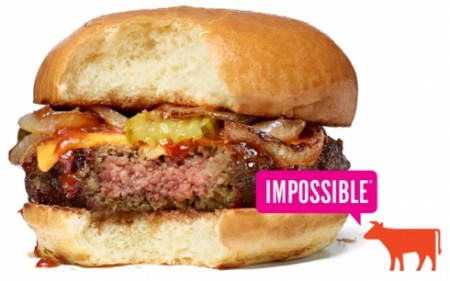June 23, 2016 – China’s new dietary guidelines as issued by the Communist Party include a plan to reduce the country’s meat consumption by 50% by 2030.
The Ministry of Health in its latest ten year plan recommends that individual Chinese consume no more than 40 to 75 grams (1.4 to 2.6 ounces) of meat each day. So much for a 10-ounce steak. Why?
For two reasons:
- to improve public health.
- to cut greenhouse gas emissions.
I think we can all understand the public health angle. Eating a lot of red meat is correlated to increases in cardiovascular disease and obesity. But greenhouse gas emissions? How does that work?
Agribusiness is a large source of greenhouse gas emissions. Cows, chickens, pigs and other livestock contribute 14.5% of all the carbon dioxide and methane emitted into the atmosphere today. That amount is not that far below emissions from transportation, the second largest source of carbon atmospheric pollution.
The Chinese government hopes by reducing meat consumption it can significantly decrease its overall carbon footprint. It is needed because as China has raised the living standards of more than 500 million of its citizens the average consumption of meat has dramatically increased. In 1982 consumption amounted to 13 kilograms (458 ounces) per year. Today that number is 63 kilograms (2,222 ounces). And at present trends will grow to 93 kilograms (3,280 ounces) by 2030. That’s a far cry from the 5111 to 950 ounces in the new guidelines. Imagine trying to enforce what China is trying to do in North America or Europe where meat consumption is significantly higher.
The answer of course for the people in China and elsewhere is to switch from meat to vegetable substitutes. That’s a tall order unless you can find a palatable equivalent to meat, not the the vegeburgers and tofu turkey substitutes that try to make you forget what meat actually smells and tastes like. Another potential answer is lab grown meat but today’s early efforts puts lab hamburger beyond the scope of anyone to afford.
Enter Impossible Foods. In a Bloomberg Technology article appearing yesterday and entitled, “Frankenburger Comes Eerily to Life in the Lab,” authors Katherine and Lucy Wells describe a hamburger patty made from vegetables that looks, tastes and bleeds like meat. Pat Brown, Founder and CEO of Impossible Foods is making meat the way animals turn plants into themselves. The company uses plant sources that produce the same sensory perception that we get when we smell and taste meat. To this they add heme, the chemical compound that is a component of hemoglobin responsible for oxygenated our blood. In the plant world heme is found in clover, yeast and the root of soybeans.
When heme is mixed with soy and other plant ingredients seen in the picture above it turns a vegeburger into a food that tastes indistinguishable from a burger made from ground beef. The company plans to distribute its products in select restaurants in New York City, Los Angeles and San Francisco. The next step is to drive down the cost of production and eliminate waste from the process to make it cost competitive with ground beef sold in supermarkets.
The end product could be the answer to not just North America and Europe’s love of beef but also China’s rising middle class consumers. And Impossible Foods is not just limiting its research to the perfect substitute for a hamburger. The company is also producing cheese substitutes from grains, greens and beans, separating the proteins, fats and other nutrients and selecting those that produce equivalent flavor and texture.
When Wall Street Journal reporter Kurt Soller took “a lunchbox full of raw, slider-size burgers” to San Francisco’s restaurant, Jardiniere, a little over a week ago the result he described as “surprisingly good” with an aroma and taste “exactly like cooked beef.” The only downside he noted was texture, describing it as “slightly off,” more grainy than meat-like.
So the impossible may now be possible. Meat not on the hoof but coming from plants. And think of the opportunity represented by new Chinese dietary standards which should create enormous demand.











